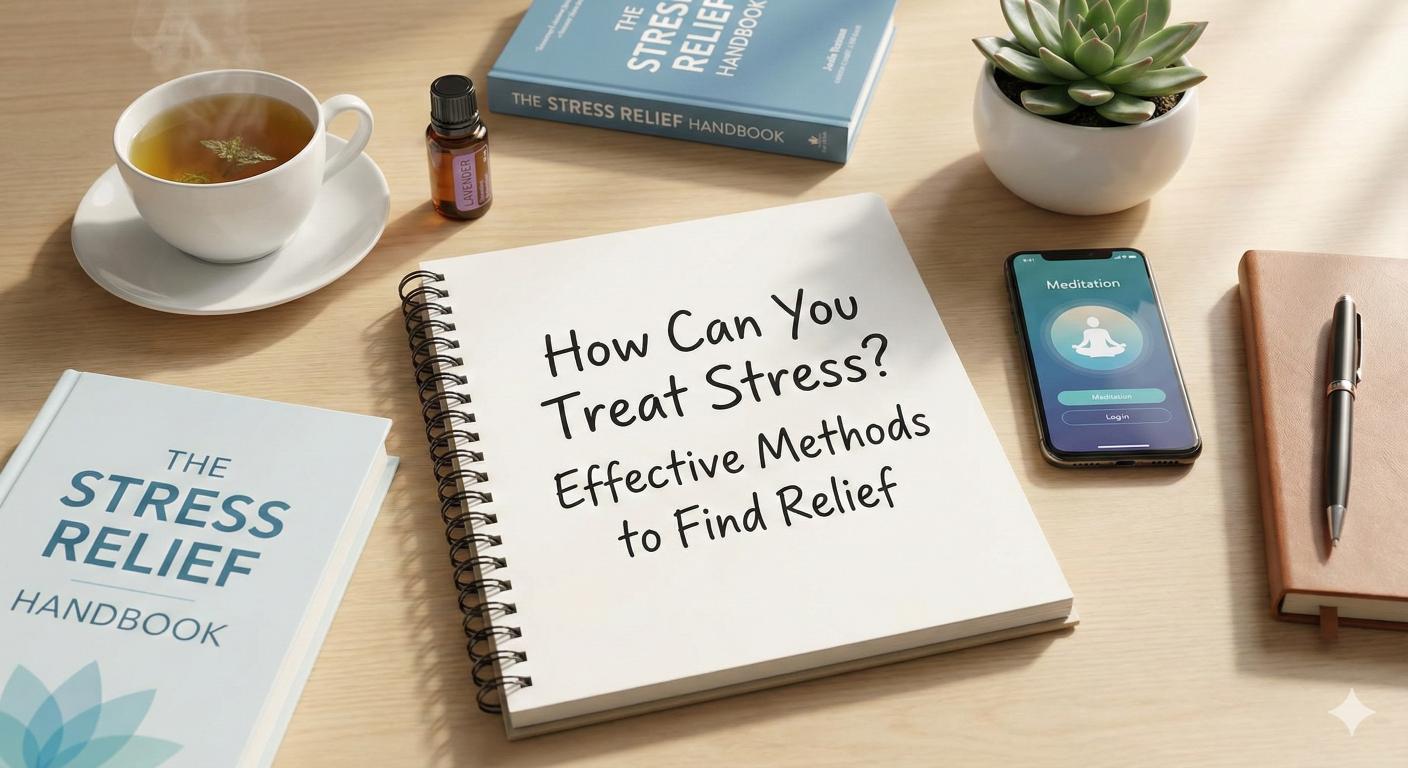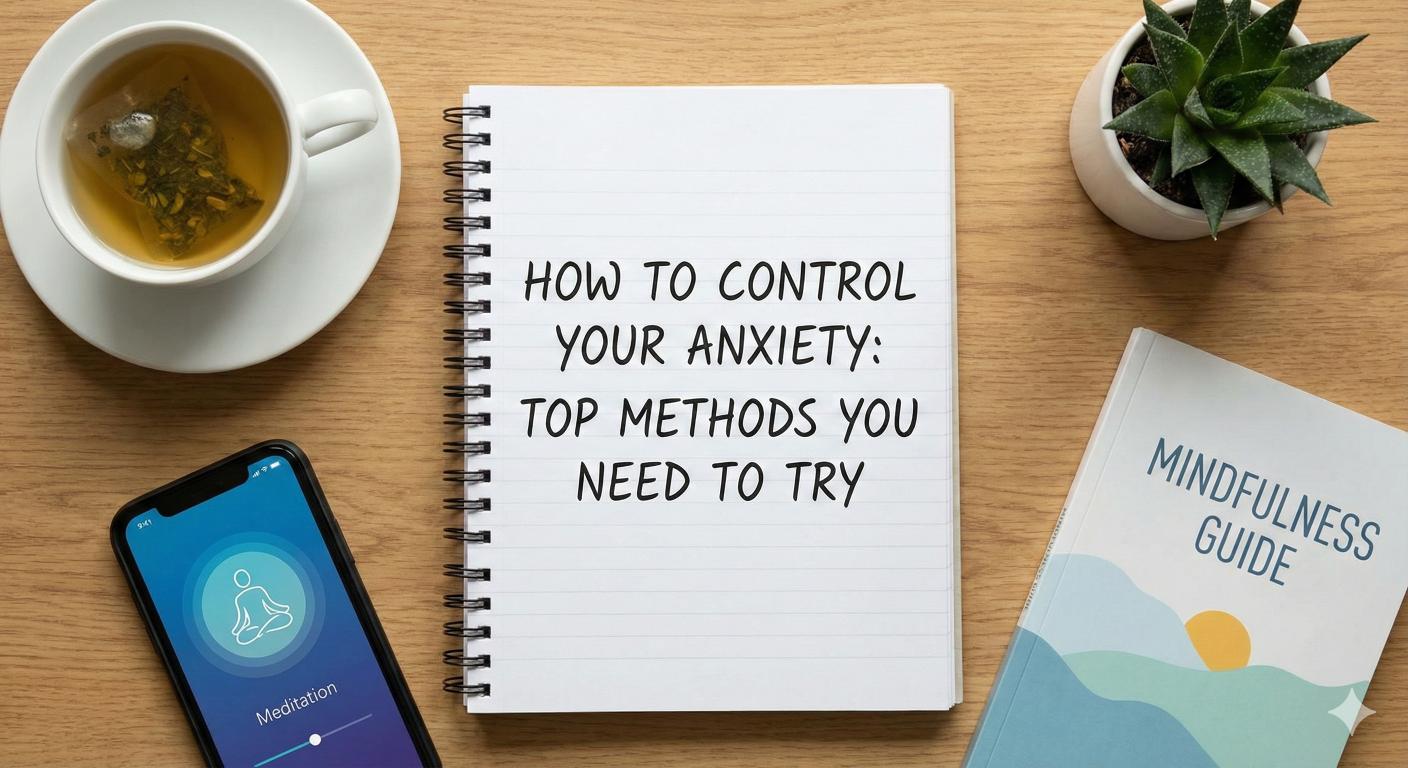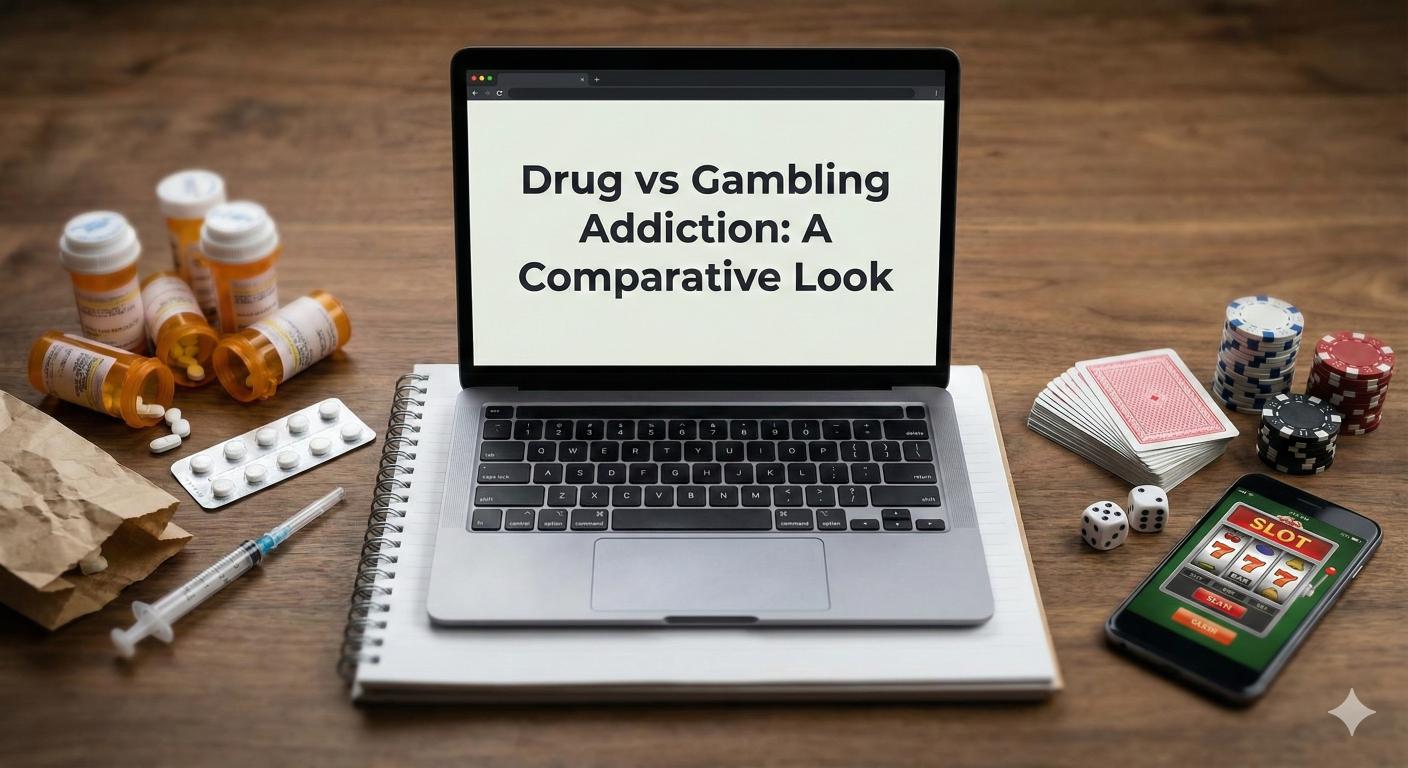Body Dysmorphic Disorder and Eating Disorders
Explore the connection between body dysmorphic disorder and eating disorders, their symptoms, and treatment options.


Understanding Body Dysmorphic Disorder
Definition and Impacts
Body Dysmorphic Disorder (BDD) is a mental health condition defined by an intense preoccupation with perceived flaws in physical appearance. Individuals with BDD frequently engage in repetitive behaviors such as checking their appearance in mirrors, grooming excessively, or seeking constant reassurance about their looks. These behaviors generate significant distress and can severely impact daily functioning, leading to social withdrawal and reduced quality of life [1].
People suffering from BDD often experience strong feelings of shame, self-disgust, and hopelessness. The excessive focus on perceived flaws can lead to a marked decline in psychosocial functioning, contributing to social anxiety, depression, and suicidal thoughts. Many individuals may endure these symptoms for years before seeking help, usually due to feelings of shame, fear of stigma, and lack of awareness about the treatability of BDD [2].
Impact of BDDConsequencesSocial WithdrawalAvoidance of social activities and relationshipsEmotional DistressIncreased feelings of hopelessness and self-disgustImpaired FunctioningDifficulty in work, education, and daily tasks
Diagnosis and Prevalence
Diagnosing Body Dysmorphic Disorder can be challenging due to its overlapping symptoms with other mental health conditions such as obsessive-compulsive disorder (OCD), anxiety disorders, and various eating disorders. According to studies, the prevalence of BDD is estimated to be between 1.7% to 2.9% of the population.
The condition is often underdiagnosed and undertreated. Individuals may not realize the severity of their symptoms or that they can seek treatment. The complexity of BDD, combined with the stigma associated with mental health disorders, can deter individuals from pursuing a diagnosis or treatment. It is vital for healthcare providers to be aware of these factors in order to provide timely and effective support for those affected by BDD and its co-occurrence with eating disorders [3].

Treatment Approaches for BDD
Cognitive Behavioral Therapy (CBT)
Cognitive Behavioral Therapy (CBT) is a widely recognized treatment method for managing Body Dysmorphic Disorder (BDD). CBT focuses on altering unhelpful thought patterns and behaviors associated with BDD. Techniques such as Exposure and Response Prevention (ERP) are often utilized to help individuals confront triggers and manage anxiety related to their appearance. According to the NHS, CBT has proven effective in helping individuals gain a healthier perspective towards their body image.
CBT typically involves several key components:
ComponentDescriptionIdentification of Negative ThoughtsRecognizing thoughts contributing to BDD symptoms.Challenge Distorted BeliefsActively disputing and reframing negative beliefs.Behavioral ExperimentsTesting beliefs through actions to create new patterns.Coping StrategiesDeveloping skills to handle anxiety and triggers.
This therapeutic approach is especially beneficial as it empowers individuals to take an active role in their recovery process, promoting long-term changes in behavior and thought.
Selective Serotonin Reuptake Inhibitors (SSRIs)
In addition to therapy, Selective Serotonin Reuptake Inhibitors (SSRIs) are often prescribed for individuals experiencing moderate to severe symptoms of BDD. SSRIs work by increasing the levels of serotonin in the brain, which can help alleviate symptoms such as anxiety and depression. As noted by the NHS, these medications may take up to 12 weeks to show effects and can cause common side effects; however, these typically diminish over time.
Some key points about SSRIs include:
AspectDetailsEffectivenessCan help manage symptoms associated with BDD.MonitoringRequires careful observation by healthcare providers.Common Side EffectsMay include nausea, fatigue, or weight changes.
SSRIs are considered a first-line treatment for BDD according to the National Institute for Health and Care Excellence (NICE). The combination of SSRIs and CBT can foster a comprehensive treatment plan, addressing both the psychological and pharmacological aspects of recovery.
By understanding these treatment approaches, individuals affected by both Body Dysmorphic Disorder and eating disorders can seek the appropriate care and support needed for their unique challenges. For more insights on this relationship, refer to the concept of eating disorders and co-occurring mental health conditions.
Relationship Between BDD and Eating Disorders
Understanding the link between Body Dysmorphic Disorder (BDD) and eating disorders can offer valuable insights into how these two conditions can intersect, influencing individuals in unique ways. While they share certain characteristics, they also have distinct differences.
Key Differences
The primary distinction between eating disorders and BDD lies in the focus of concern. Individuals with eating disorders are primarily preoccupied with body weight and shape. They may engage in various disordered eating behaviors such as dietary restriction, fasting, bingeing, or purging to control their body size [4].
In contrast, those with BDD typically concentrate on perceived flaws in specific body areas rather than overall weight. Although restrictive eating practices may still be utilized in BDD, these actions are generally aimed at altering perceived imperfections rather than solely managing weight. The following table summarizes these key differences:
AspectEating DisordersBody Dysmorphic DisorderFocusBody weight and shapeSpecific perceived flawsEating BehaviorsDietary restriction, bingeing, etc.Restrictive practices for flawsDiagnosis RequirementDisturbance in eating patternsPreoccupation with appearanceMedical ComplicationsCan lead to serious health issuesMay not lead to medical issues
Similarities in Symptoms
Despite these differences, there are notable similarities in symptoms that can blur the lines between the two conditions. Both BDD and eating disorders can lead to significant social withdrawal, anxiety, and depression. Individuals experiencing either condition may exhibit substantial body image dissatisfaction, which can severely impact their daily lives and interpersonal relationships.
Some common symptoms include:
The co-occurrence of these symptoms can complicate diagnoses and treatment approaches, highlighting the need for thorough evaluation and tailored interventions. It is crucial to recognize these overlapping symptoms and seek the appropriate resources available for those struggling with both conditions, including eating disorders and co-occurring mental health conditions.
Co-Occurrence of BDD and Eating Disorders
The co-occurrence of Body Dysmorphic Disorder (BDD) and eating disorders presents unique challenges. Understanding the complexities in diagnosis and the need for tailored treatment approaches is essential for effective care.
Diagnosis Challenges
Diagnosing individuals with both BDD and eating disorders is often complicated. One primary issue is that while BDD focuses on perceived flaws in appearance (often unrelated to weight), eating disorders emphasize control of body weight and shape, leading to disturbances in eating behaviors. For instance, a person with BDD may engage in restrictive eating habits to correct perceived flaws, causing overlap in symptoms that can obscure the diagnosis of each condition [5].
Additionally, individuals who display eating-related behaviors but do not meet the criteria for recognized eating disorders might receive the diagnosis of "Unspecified Feeding or Eating Disorder" (UFED). This classification indicates a category for those who exhibit disordered eating that doesn't fit neatly into existing categories like anorexia or bulimia BDD Foundation.
ConditionKey FocusDiagnostic ComplexityBody Dysmorphic Disorder (BDD)Perceived appearance flawsOften involves obsessional thoughtsEating Disorders (ED)Control of body weight and shapeDisturbance in eating patterns
Tailored Treatment Approaches
Tailored treatment approaches are crucial for those experiencing the co-occurrence of BDD and eating disorders. As both conditions influence each other, effective treatment must address both aspects simultaneously. Cognitive Behavioral Therapy (CBT) is commonly used for BDD and can be adapted to incorporate strategies for combating disordered eating.
In treatment, professionals must also be aware of the "ego syntonic" nature of eating disorders, which often contrasts with the "ego dystonic" feelings associated with BDD. This difference can complicate motivation for change, as individuals might believe their concerns about body image from BDD are justified, even if their eating behaviors are detrimental [4].
Integrating specialized therapies that address not only the behaviors associated with eating disorders but also the underlying beliefs and thoughts linked to BDD, can result in a more holistic approach. Additional resources, including intuitive eating: a non-diet approach to recovery and nutritional rehabilitation in eating disorder recovery, can also support individuals in their journey toward recovery.
Effective coordination among healthcare providers, therapists, and nutritionists is vital for creating tailored treatment plans addressing both body image and eating behaviors, ultimately improving outcomes for those affected by these conditions.
Impact on Daily Life
Individuals struggling with body dysmorphic disorder (BDD) and eating disorders experience significant effects on their daily lives, impacting their social interactions and emotional well-being.
Social Implications
People with BDD often find themselves avoiding social situations due to their preoccupation with perceived flaws in their appearance. This disorder may prevent them from participating in activities they once enjoyed, including outings with friends or attending social events. They may feel compelled to seek reassurance about their looks from loved ones to feel more comfortable. The fear of judgment can escalate social anxiety, leading to increased isolation and reluctance to engage in intimate relationships.
If left unaddressed, BDD can severely alter relationships, work, and educational opportunities. In extreme cases, individuals may stay home to avoid facing social situations altogether [6].
Social ImpactDescriptionAvoidance of ActivitiesPrevents individuals from participating in social situations.Relationship StrainCan lead to difficulties in maintaining relationships.Heightened AnxietyIncreased social anxiety can manifest in daily interactions.
Emotional Consequences
The emotional toll of BDD and eating disorders is profound. Individuals frequently experience a range of mental health issues, including depression and feelings of hopelessness. The constant preoccupation with their appearance can lead to self-harm and suicidal ideation.
The distress caused by these disorders often results in a poor quality of life, marked by significant impairment in psychosocial functioning. The feelings of inadequacy and frustration are compounded by the constant comparison to societal standards of beauty, which can lead to a vicious cycle of negative thoughts and behaviors.
Understanding the emotional impact is crucial for individuals and their support systems. Timely and appropriate treatment is essential to mitigate these consequences and improve overall mental health. Those facing these challenges may benefit from resources related to eating disorders and co-occurring mental health conditions to find comprehensive care and support.
Emotional ImpactDescriptionDepressionCommon among individuals with BDD and eating disorders.SuicidalityHigh rates of suicidal thoughts and self-harm behavior.IsolationFeelings of loneliness due to avoidance of social interactions.
By addressing both the social implications and emotional consequences of BDD and eating disorders, individuals can seek the necessary support and interventions.
Seeking Help and Support
Importance of Early Intervention
Early intervention is crucial in addressing both Body Dysmorphic Disorder (BDD) and eating disorders. Individuals often experience feelings of shame, self-disgust, and hopelessness due to their fixation on perceived physical flaws, leading to significant distress, depression, and low mood [2]. Recognizing the symptoms early can facilitate timely treatment, reducing the risk of long-term negative impacts on mental and physical health.
The National Eating Disorders Association (NEDA) emphasizes the need for proactive approaches. They offer an Eating Disorders Screening Tool aimed at individuals aged 13 and older to help assess the necessity of professional intervention. This resource emphasizes the importance of getting help before conditions worsen.
Resources Available
There are numerous resources to assist individuals struggling with BDD and eating disorders. Below is a table summarizing some key resources:
ResourceDescriptionLinkNEDAA leading organization that provides support and resources for those affected by eating disorders, including screening tools and treatment options.Visit NEDAADAAOffers information and resources on anxiety disorders, including BDD, and effective treatment options.Visit ADAAEating Recovery CenterProvides resources about the intersections of eating disorders and BDD, including personal stories and shared experiences.Visit ERC
Support from trusted friends and family can also play a crucial role in recovery. Individuals may seek reassurance regarding their appearance and experience heightened discomfort in social situations that emphasize perceived flaws.
For comprehensive approaches to recovery, evidence-based treatments such as Cognitive Behavioral Therapy (CBT), Selective Serotonin Reuptake Inhibitors (SSRIs) for BDD, and various treatments for eating disorders are recommended [4]. Furthermore, early intervention can pave the way to effective recovery strategies, encompassing nutritional rehabilitation in eating disorder recovery, the role of exercise in eating disorder recovery, and more.
Feeling out of control is common in both conditions, making support and professional guidance essential for navigating recovery paths.
References
[2]:
[3]:
[4]:
[5]:
[6]:
More Resources
A team ready to start your journey.
Get in touch — today.
We are a safe space – a haven for exceptional individuals to receive discreet, personalized, in-person treatment and care.
.avif)










